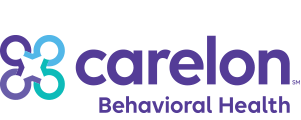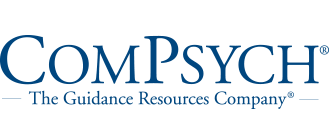by John Newport, Ph.D.
As you are no doubt aware, the diets of most practicing alcoholics and addicts are abysmally poor. Case in point: A drinker who consumes one fifth of whiskey daily takes in 2,200 calories from alcohol alone. As the recommended caloric intake for most people is around 2,500 calories per day, this leaves little room for nutritious foods. Most people entering recovery are severely malnourished, particularly in terms of protein, complex carbohydrates, and vitamins and minerals.
Nutritional hazards associated with alcoholism and drug addiction include severe depletion of essential nutrients, disruption of the body’s blood sugar balance, and cravings for sugar, caffeine and other “junk foods”. As alcohol is chemically a highly concentrated form of sugar, when an alcoholic stops drinking he or she typically binges on sugary food, and caffeine, which both cause a short lived spike in blood sugar. The end result is a constant “blood sugar roller coaster ride”, which contributes to the erratic mood swings often observed in early recovery. This nutritional imbalance also contributes to increased risk of relapse.
Bringing Your Diet Into Balance
I generally recommend a process of transitioning to a healthy diet, preferably working with a skilled nutritionist who is knowledgeable concerning the circumstances of people in recovery. Here are some basic pointers to help you along the way. (Caution: If you suspect you may be suffering from a diet-related condition related that warrants attention, be sure to get appropriate professional help.)
1. Start with the basics – 3 + 3: DON’T SKIP MEALS! As recovering alcoholics/addicts are prone to erratic blood sugar fluctuations, many nutritionists advocate a daily cycle of three relatively small, nutritious meals, interspersed by three nutritious snacks. This helps normalize blood sugar throughout the day, promoting sustained energy and alertness.
2. Follow the Mediterranean Healthy Diet Pyramid – To reap the benefits of optimal health and sobriety, I’d suggest emulating the dietary pattern of a region whose residents enjoy particularly long life spans. In short, we’re talking about a diet that is high in vegetables, fruits, grains and other complex carbohydrates, together with quality sources of protein, and relatively low on fat, sugars and meats. To download a copy of this excellent eating guide, visit www.oldwayspt.org.
3. Study up on nutrition and experiment – One of my favorite books on nutrition and recovery is Food for Recovery, by Joseph D. Beasley and Susan Knightly. My own book, The Wellness-Recovery Connection, devotes two chapters to the topic on nutrition and recovery. In addition, I recently completed a workbook and instructor’s manual titled Nutritional Foundations for Recovery, available from the Gorski/CENAPS Corporation at www.cenaps.com (Volume discounts available on both publications.)
Keep moving forward with transitioning to a healthy diet by experimenting with one new nutritious meal option each week (you can either prepare this yourself or order out). Until next time – to your health!
John Newport, Ph.D. is an addictions specialist, writer and speaker who divides his time between Port Townsend, Washington and Tucson when not on the road. He is author of The Wellness-Recovery Connection: Charting Your Pathway to Optimal Health While Recovering from Alcoholism and Drug Addiction, and is currently completing a Wellness and Recovery Workbook Series in collaboration with the Gorski-CENAPS ® Corporation. For further information on wellness and recovery visit Dr. Newport’s website at www.wellnessandrecovery.com.










